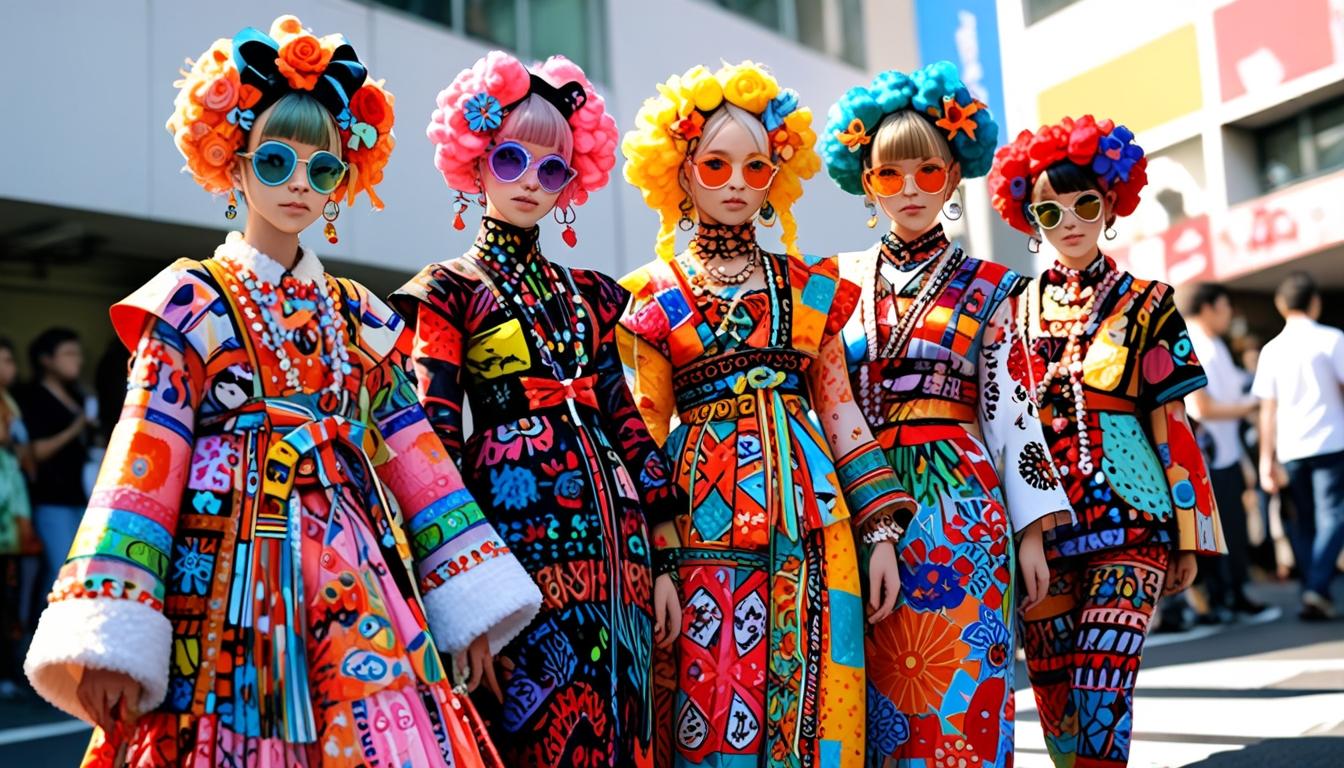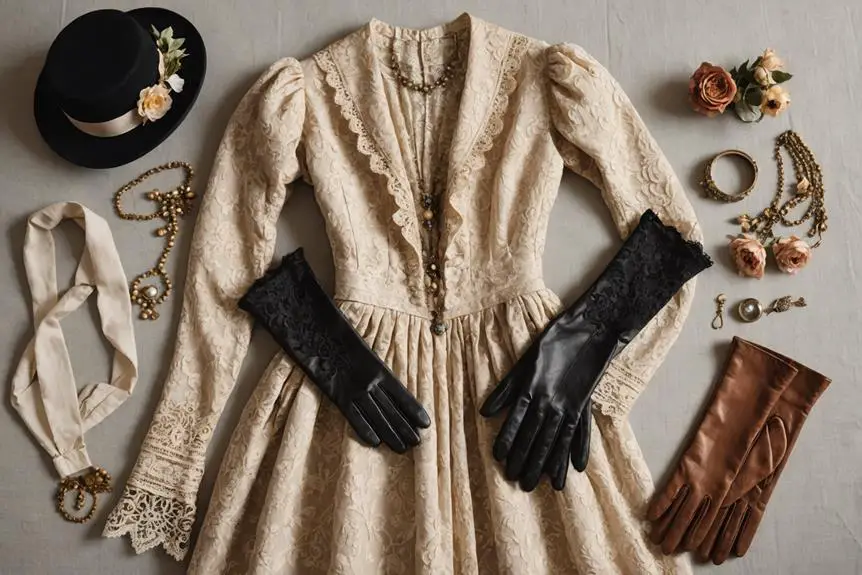Tokyo: The men’s fashion brand Amok celebrates its 10th anniversary with a vibrant inaugural show, showcasing a collection inspired by festivals and traditional crafts, while reflecting on the influence of youthful subcultures in Harajuku and the evolving dynamics of contemporary fashion.
On February 6, 2023, the men’s fashion brand “Amok” held its inaugural solo show, coinciding with the celebration of its 10th anniversary. This event not only marked a significant milestone for the brand but also served as a tribute to the craftsmen, factory workers, and collaborating artists who have been integral to its journey. The show, designed by Oshima, was themed around “festivals” inspired by Western indigenous peoples, transforming the evening into a ceremonial celebration infused with artistic expression.
Entering the backstage area at 3 PM, the atmosphere was charged with creativity and vibrancy, highlighted by an array of elaborate decorations that predominantly featured headpieces. These visual elements drew influence from Charles Fréger’s photo book “WILDER MANN,” which explores the intriguing aesthetics of costumes from traditional European carnivals. “I feel a punk spirit in the traditional costumes made by hand, filled with the thoughts and philosophies of our predecessors,” Oshima remarked, reflecting on how historical traditions can influence contemporary fashion. The collection showcased primitive decorations crafted from materials such as grass, wood, and animal horns, combined with contemporary touches of beads and laser-cut fabrics that resulted in striking representations.
The concept of “celebration” was not just an aesthetic choice but was layered with reflections on “tradition,” drawing connections to the artisans who have shaped Tokyo’s cultural identity. Harajuku, where Amok’s show took place, stands as a renowned hub for youth culture and eclectic fashion, often described as a battlefield for those challenging conventional norms and conservative values. The term “Harajuku tribe” epitomises this gathering of young individuals expressing themselves through varied styles influenced by punk, lolita, gothic, and vintage fashion.
Post-2000, the rise of street snap magazines like “FRUiTS,” along with the burgeoning influence of the internet, gave birth to what is now recognised as “Kawaii culture.” This phenomenon encompasses not only the collective identity of the youth but is also shaped significantly by the philosophies of stylised brands that have adorned them, such as “6%DOKIDOKI” whose vibrant aesthetic channels animated characters, and “keisukekanda,” which draws nostalgic elements from Japan’s school uniform culture.
Turning back to Amok’s collection, it featured hand-stitched jackets, intricately adorned long coats, and ensemble pieces showcasing 1,500 laser-cut illustrations of fictitious monsters, all crafted with meticulous care. While primarily a men’s fashion brand, it did incorporate a pastel colour scheme which contributed to a perception of “cuteness.” This aesthetic seemed to draw from the rich legacies of the decora and DIY fashion movements, adapting these influences through modern technological advancements.
Yet the evolution of Harajuku’s unique select shops has been challenged by the influx of tourists and the prevalence of commercial shopping facilities, rendering distinctive local fashion increasingly rare within the area.
Notably, the two hours leading up to the show captured a remarkable scene, as models paraded through the streets in their striking attire, reminiscent of the vibrant Harajuku tribes of the late 1990s and early 2000s. The show’s setting, “Omokado,” echoed the eclectic spirit that defined this iconic fashion district. As the evening unfolded, it painted a picture of the potential for Amok to weave the essence of “Harajuku fashion” into the fabric of contemporary culture, fostering an environment for the next generation of aspiring designers. The ambition is clear: to maintain and evolve the rich traditions that have established Harajuku’s reputation as a cornerstone of innovative fashion.
Source: Noah Wire Services




